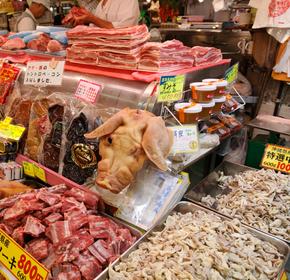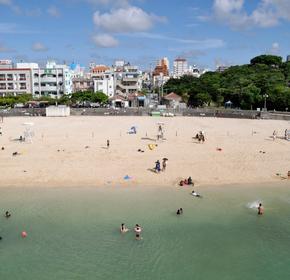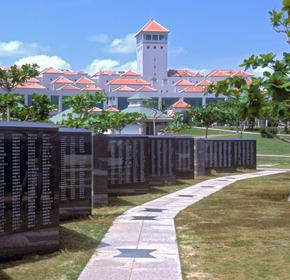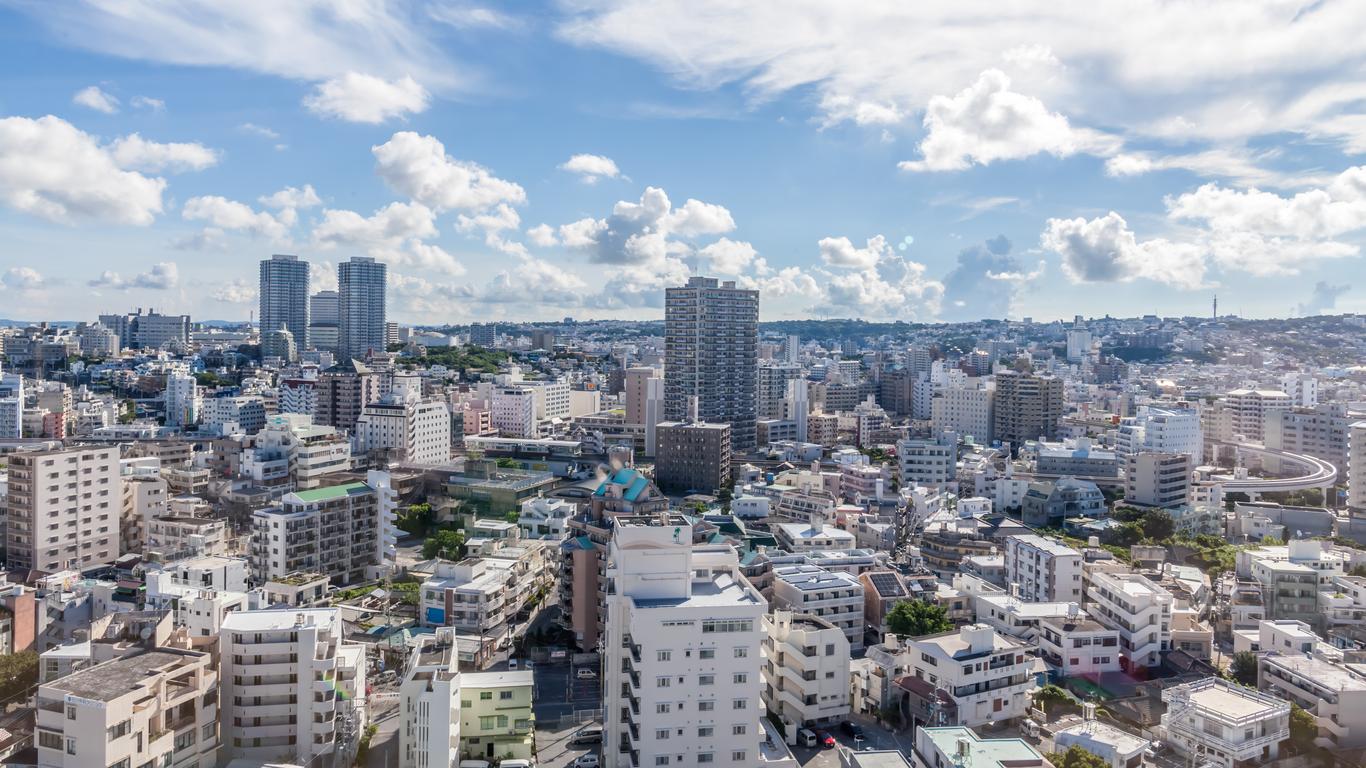
Naha travel guide
Naha Tourism | Naha Guide
You're Going to Love Naha
Naha is the capital of Okinawa Prefecture and the biggest city on Okinawa Island, with a population of 700,000. This is a modern, thriving city - bustling during the day and buzzing at night. Expect a young Japanese crowd of tourists, mingling with American GIs enjoying their leave time and creating a vibrant atmosphere.
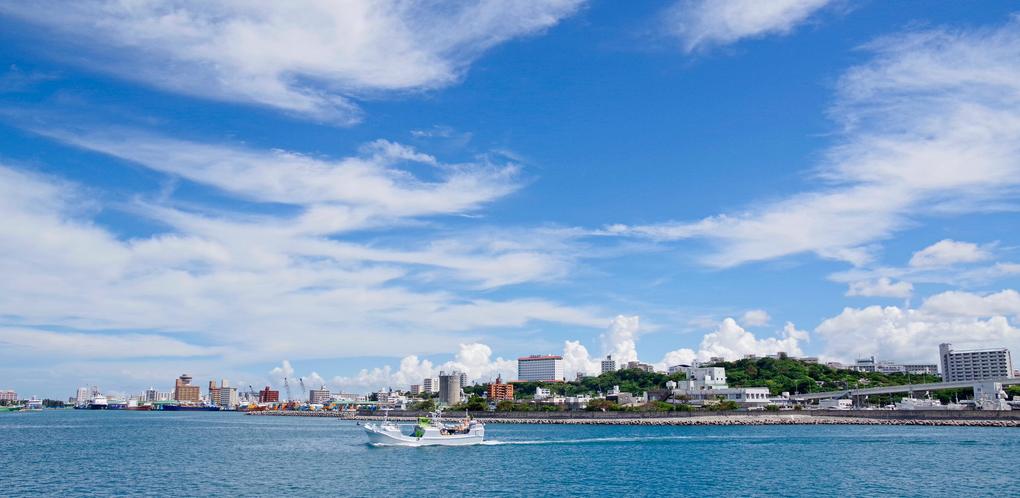
Top 5 Reasons to Visit Naha
1. Shuri Castle
Shuri Castle was destroyed during WWII but painstakingly restored during the 1950s. This former home of the Ryukyu royal family is now a fascinating and beautiful tourist site.
2. The History
Okinawa played a central part in WWII and attractions like Okinawa Peace Park and Okinawa Prefectural Peace Memorial Museum tell the story of the island's history.
3. Watersports
The beaches around Naha offer lots of watersports, such as kite boarding and scuba diving. Trips to the nearby Kerama Islands are a favorite with divers and snorkelers.
4. Fishing
Big game fishing is superb in the waters around Naha, with mahi mahi, marlin and tuna being regular catches.
5. The Nightlife
The area around Kokusai Street is the place to head for to enjoy the city's best bars and clubs.
What to do in Naha
1. Shuri Castle: 14th Century Fortress
Shuri Castle, named after the former capital of the Ryukyu Kingdom, was home to a number of kings for centuries. A UNESCO World Heritage site, the castle was built in the late 1300s and can be accessed through various gates. Visitors are drawn to the breathtaking views of Naha from the castle's hilltop location. The Seiden, the main hall of the building, is sumptuously decorated in vermillion. Preceded by Una Plaza, the castle is enveloped by the Hokuden and Nanden halls. The fortress features a renowned collection of Japanese and Chinese artifacts that have been exchanged between the two countries for hundreds of years, as well as a replica of the king's throne and crown.
2. Fukushuen Garden: Tribute to Chinese Sister City
Located in downtown Naha, Fukushu-en Garden was established in 1992 in commemoration of the ten years of friendship between Naha and its sister city, Fuzhou in China. To honor the relationship, the garden was built from wood and stone imported from Fuzhou. A walled Chinese garden, the landscape has been designed to reflect the historical and cultural ties between Okinawa and the Chinese mainland. Encircling a large koi and turtle pond, the garden features a series of pavilions, bridges and pagodas, as well as a beautiful waterfall.
3. Makishi Public Market: Heaven for Seafood Lovers
The Makishi Public Market in Naha supplies residents with fresh produce, meat and fish. A great place to sample local delicacies, such as fresh tempura, steamed cakes and goya juice, the market also contains a number of popular eateries. Seafood lovers will delight in the selection of fresh tropical fish, lobster, and shellfish. Set in a food court, the market's restaurants allow you to try a variety of dishes of your choosing. You can also opt to purchase your favorite seafood in the market below and have it cooked at one of the eateries.
4. Tsuboya Pottery Museum: Explore Ceramic Tradition
Located on Tsuboya Pottery Street, which houses numerous ceramic shops, the two-story Tsuboya Pottery Museum showcases a variety of traditional Okinawan artifacts, including Arayachi and Joyachi pottery. The museum also guides visitors through the techniques employed to create the pottery. A series of life-sized dioramas highlight the importance of ceramics in Okinawan homes. The information provided at the museum is essential for those interested in exploring the shops in the area, as well as participating in the pottery classes offered to visitors.
5. Naminoue Beach: Soak After a Day of Sightseeing
An urban beach, located fifteen minutes from the Naha Airport, Naminoue allows visitors to take a relaxing dip before heading back to their hotel. With fully-equipped facilities such as changing rooms and lockers, the beach makes it easy to store your belongings while you enjoy the sun and sand. The crystalline waters are popular among locals looking to relax after a hard day of work. The beach can be accessed night or day and attracts romantics wishing to take in the glorious sunrise or sunset over Okinawa.
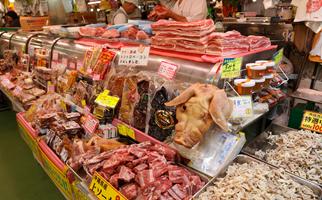

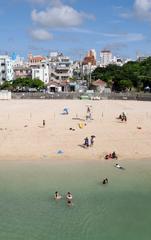
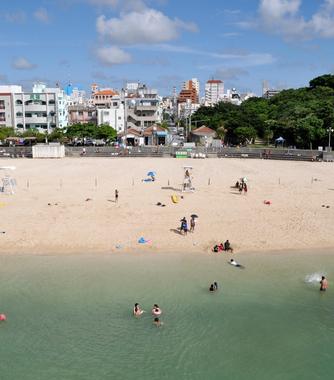
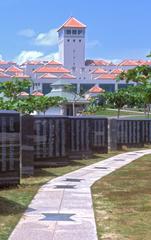
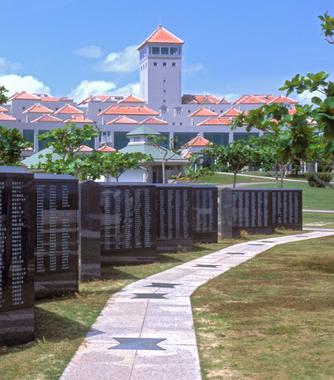
1. Shuri Castle: 14th Century Fortress
Shuri Castle, named after the former capital of the Ryukyu Kingdom, was home to a number of kings for centuries. A UNESCO World Heritage site, the castle was built in the late 1300s and can be accessed through various gates. Visitors are drawn to the breathtaking views of Naha from the castle's hilltop location. The Seiden, the main hall of the building, is sumptuously decorated in vermillion. Preceded by Una Plaza, the castle is enveloped by the Hokuden and Nanden halls. The fortress features a renowned collection of Japanese and Chinese artifacts that have been exchanged between the two countries for hundreds of years, as well as a replica of the king's throne and crown.
2. Fukushuen Garden: Tribute to Chinese Sister City
Located in downtown Naha, Fukushu-en Garden was established in 1992 in commemoration of the ten years of friendship between Naha and its sister city, Fuzhou in China. To honor the relationship, the garden was built from wood and stone imported from Fuzhou. A walled Chinese garden, the landscape has been designed to reflect the historical and cultural ties between Okinawa and the Chinese mainland. Encircling a large koi and turtle pond, the garden features a series of pavilions, bridges and pagodas, as well as a beautiful waterfall.
3. Makishi Public Market: Heaven for Seafood Lovers
The Makishi Public Market in Naha supplies residents with fresh produce, meat and fish. A great place to sample local delicacies, such as fresh tempura, steamed cakes and goya juice, the market also contains a number of popular eateries. Seafood lovers will delight in the selection of fresh tropical fish, lobster, and shellfish. Set in a food court, the market's restaurants allow you to try a variety of dishes of your choosing. You can also opt to purchase your favorite seafood in the market below and have it cooked at one of the eateries.
4. Tsuboya Pottery Museum: Explore Ceramic Tradition
Located on Tsuboya Pottery Street, which houses numerous ceramic shops, the two-story Tsuboya Pottery Museum showcases a variety of traditional Okinawan artifacts, including Arayachi and Joyachi pottery. The museum also guides visitors through the techniques employed to create the pottery. A series of life-sized dioramas highlight the importance of ceramics in Okinawan homes. The information provided at the museum is essential for those interested in exploring the shops in the area, as well as participating in the pottery classes offered to visitors.
5. Naminoue Beach: Soak After a Day of Sightseeing
An urban beach, located fifteen minutes from the Naha Airport, Naminoue allows visitors to take a relaxing dip before heading back to their hotel. With fully-equipped facilities such as changing rooms and lockers, the beach makes it easy to store your belongings while you enjoy the sun and sand. The crystalline waters are popular among locals looking to relax after a hard day of work. The beach can be accessed night or day and attracts romantics wishing to take in the glorious sunrise or sunset over Okinawa.






Where to Eat in Naha
The hilltop restaurant of Nuchigafu on Tsuboya offers superb views and elegant Okinawan cuisine with dinner from ¥3,000. Mikasa on Matsuyama offers good, basic Okinawan dishes from ¥500.
When to visit Naha
Naha is a year-round destination but summer is the best time to enjoy the beaches and watersports.
How to Get to Naha
Plane
Naha Airport is the main airport for the island and has many domestic and international connections. The monorail into the city center cost ¥330. A taxi will cost around ¥1,000.
Train
There are no train services on the island.
Car
The Okinawa Expressway is the main highway on the island, running from Nago in the north to Naha in the south.
Bus
The island has regular bus services connecting the major towns. The fare from Nago to Naha is ¥1,550 and takes just under two hours.
Airlines serving Naha
Where to stay in Naha
Base Okinawa on Wakasa Street has good dorm accommodation from ¥1,000. Hotel Marine West on Kumoji offers more luxury, with rooms from ¥3,500.
Popular Neighborhoods in Naha
Kokusai - is the city's downtown area and is home to some of the city's major hotels.
Shuri - is the older part of the city and is home to Shuri Castle.
Naminoue - is where you will find the city's beach and is a great choice for watersports lovers.
Where to stay in popular areas of Naha
Most booked hotels in Naha
How to Get Around Naha
Public Transportation
Naha has a good bus service, with fares from ¥100, depending on distance traveled. The city also has an excellent modern monorail network, with fares from ¥200, again depending on distance traveled.
Taxi
Taxis are plentiful and well regulated. Flagfall is ¥550 and you will then pay around ¥250 per mile.
Car
Naha and Okinawa in general have an excellent road network, and renting a car is a good way to reach some of the island's tourist sites, as public transport can be limited. Car rental is available from ¥5,500.
The Cost of Living in Naha
Shopping Streets
International Boulevard is the city's main shopping street for fashion and electronics. Makishi Market is the place to go for food.
Groceries and Other
A quart of milk in Naha will cost ¥189 and a loaf of bread is ¥150.
